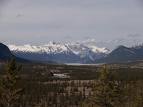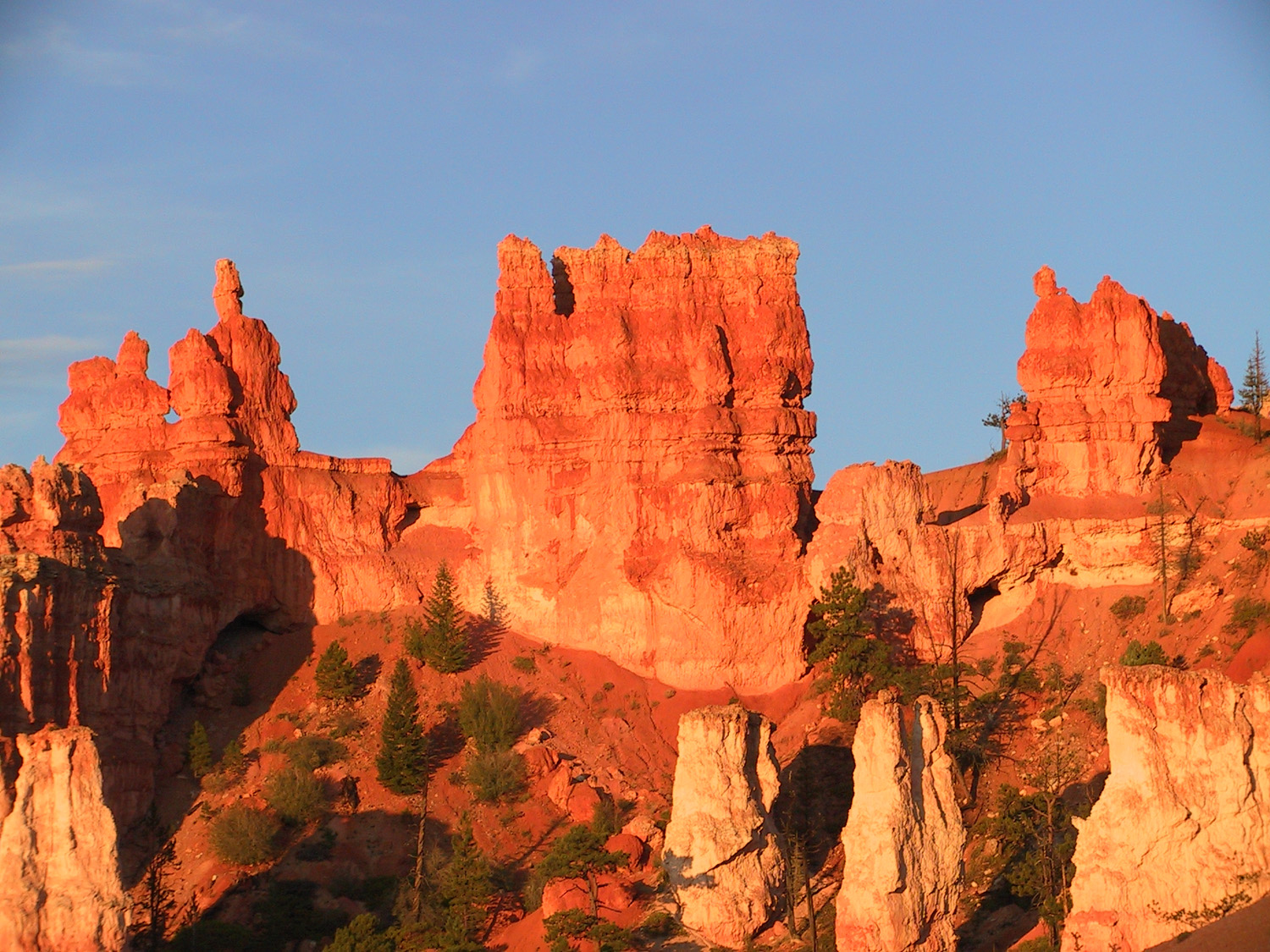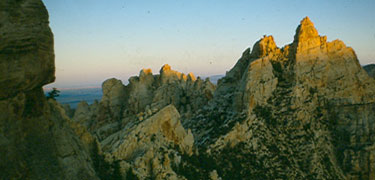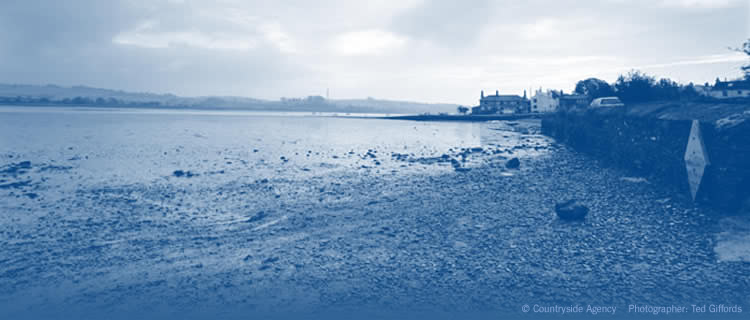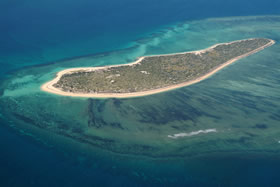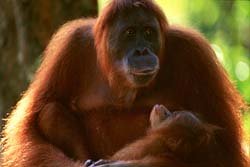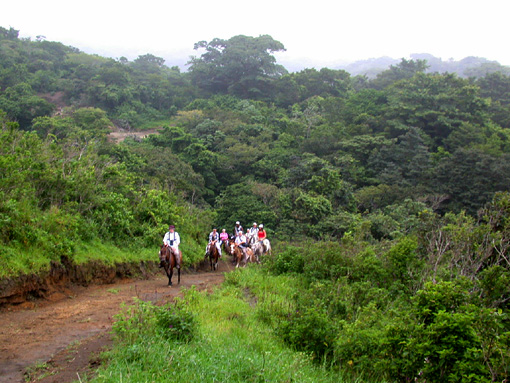Outline of today's lecture:
Finish notes from May 29, 2007
- Protected areas as part of reserve design
- Creating new protected areas
- Protected areas and reserve networks
I. Protected areas as part of reserve design
A. What is a protected area?
"an area of land and/or sea dedicated to the protection and maintenance of biological diversity and managed through legal and other effective means" (IUCN 1994)
B. Approaches to preserving biological communities
- of protected areas
- Creating networks of protected areas
- Effective management
- Implementation of conservation measures outside protected areas
- Restoration of biological communities in degraded habitats.
C. IUCN system of classification
1. Strict nature reserves or wilderness areas
|
Bighorn Wilderness Area, Alberta Canada |
2. National parks
|
|
3. National monuments and landmarks
|
|
4. Managed wildlife santuaries and nature reserves
|
|
5. Protected landscapes and seascapes
|
|
6. Managed-resource protected areas
|
US Forest Service and logging; photo from http://www.nativeforest.org |
D. Existing protected areas
- Marine Protected Areas
- The official federal definition of an MPA in Executive Order 13158 is:
“any area of the marine environment that has been reserved by federal, state, tribal, territorial, or local laws or
regulations to provide lasting protection for part or all of the natural and cultural resources therein.”
- The official federal definition of an MPA in Executive Order 13158 is:
- National Marine Protected Areas Center
- two characteristics in the Classification System (out of five characteristics)
- Conservation Focus
- Level of Protection.
- Examples of terrestrial protected areas.
- Thailand: 8% includes parks and sanctuaries
- 88% of resident bird species
- other protected areas adds 5% of total land cover
- Santa Rosa National Park, Costa Rica
- due in large part to Dan Janzen
- 0.2% of area of Costa Rica
- Includes Guanacaste National Park, 82,500 acres
- 90% of Sphinctid moth species of Costa Rica
Madagascar Marine protected area
|
Orangutan, Leuser National Park, Thailand
|
II. Creating new protected areas
A. Identifying priorities
- Distinctiveness (or Irreplaceability)
- Endangerment, or vulnerability
- Utility
B. Approaches
- Species approaches
- Focal species: rare species, endangered species, keystone species
- Indicator species: e.g. spotted owl
- associated with an endangered biological community
- Flagship species: "charismatic megafaunta"; protect whole communities and ecosystem processes
- Umbrella species: protection of these species protects others species and the communities (e.g. Project Tiger)
- IUCN- takes a species approach
- Centers of Biodiversity
- Conservation International and Biodiversity Hotspots
- Peaks of species richness
- Community and ecosystem approach
- Can protect many species and ecosystem services at same time
- helps identify underprotected areas
- Worldwide, underprotected areas include
- temperate grasslands
- Mediterranean forests
- tropial dry forests
III. Protected areas and reserve networks
A. Reserve networks
- Created by linking protected areas of different kinds
- Multiple organizations and multiple types of protected areas.
- Once priorities are established, linkages can be identified (e.g. Santa Barbara preserve described by Rick Rayburn)
B. Gap Analyis: conservation planning process
- Date are compiled for a region, or conservation unit.
- Conservation goals are identified (e.g. area, species)
- Identify existing protected areas and gaps in coverage
- Identify areas to fill the gaps
- Additional areas are identified and conservation management plan is developed
- Conservation areas are monitored to see if attaining goals
C. Geographic Information System
- System of storing, analyzing, and mapping spatially explicit data.
- Key to Gap analysis and reserve design in general
top | syllabus
